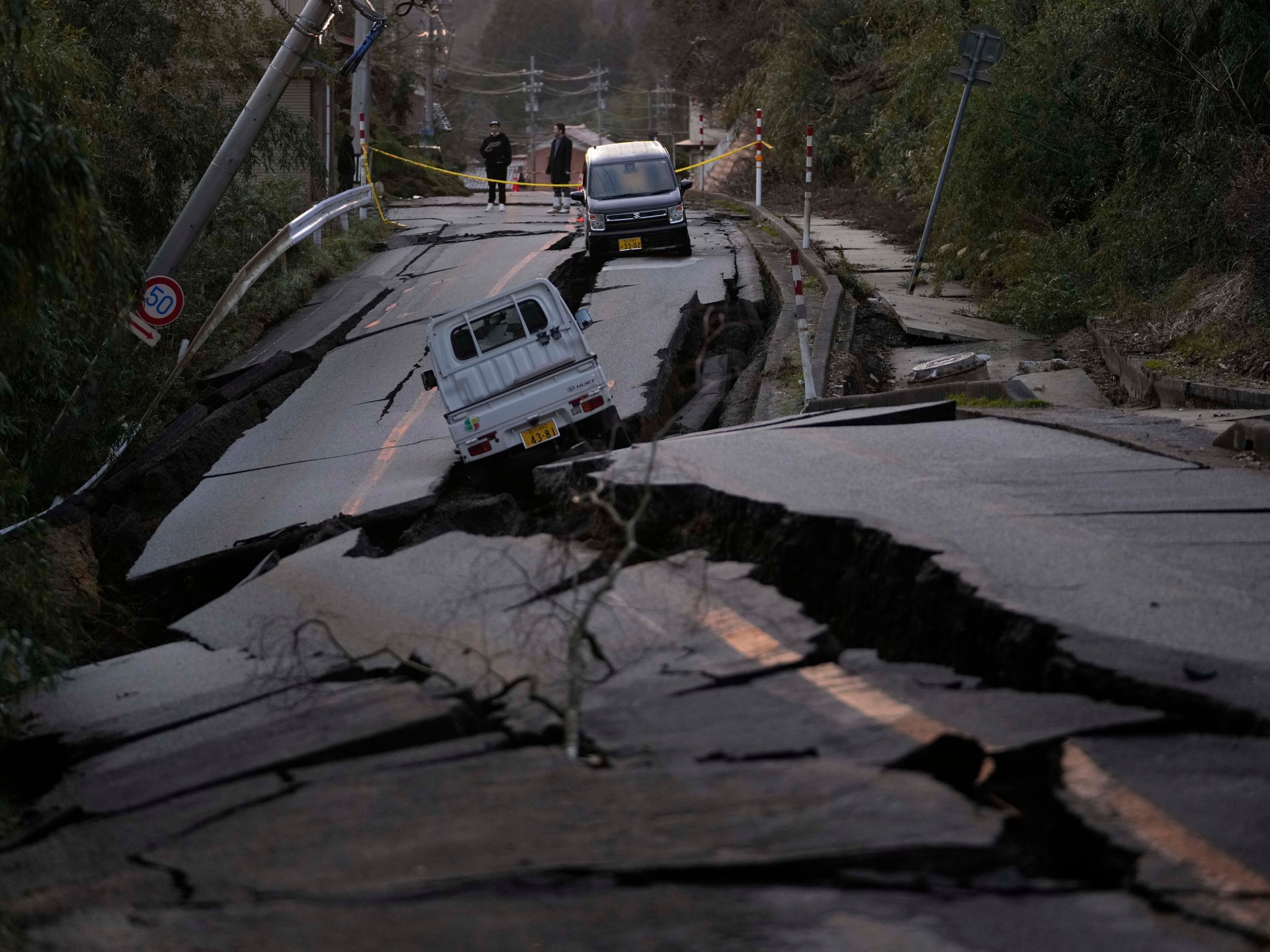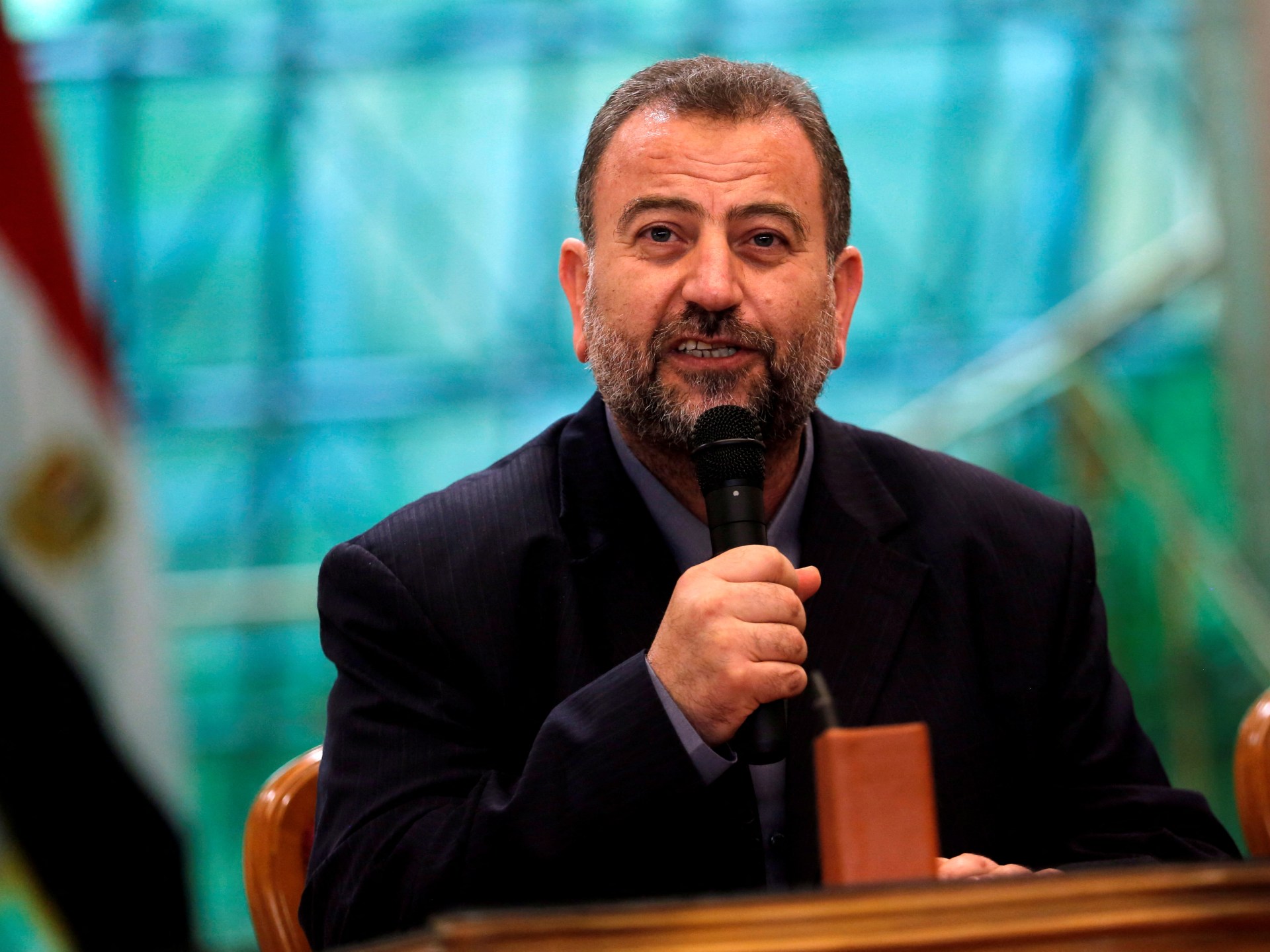Ramallah, occupied West Bank – As the world’s attention has been fixed on Israel’s brutal bombardment of the Gaza Strip for the past two weeks, killings of nearly 70 Palestinians by Israeli forces in the same period have barely made it to the headlines.
More than 3,500 Palestinians have been killed in Israel’s deadliest assault on Gaza, which is under a total blockade.
The occupied West Bank on the other hand has witnessed record killings in the past two years, with an average of one Palestinian killed a day by Israeli forces. At least 69 Palestinians have been killed, including eight by armed settlers, across the West Bank and Jerusalem since October 7, when the latest escalation between Israel and Palestinians began.
Israeli army raids into Palestinian cities and villages have also sharply increased, along with confrontations and protests against the bombing of Gaza, which has killed at least 1,000 children.
Tensions are also growing with the Palestinian Authority (PA), which has limited administrative control over 18 percent of the occupied West Bank and is seen by many as a subcontractor for the Israeli occupation.
What has been happening in the occupied West Bank and Jerusalem?
Israel’s latest assault on Gaza began after fighters from Hamas, the Palestinian armed resistance movement governing the occupied Strip, launched a surprise attack on October 7 just outside the besieged enclave on Israeli territory. So far, at least 1,400 people in Israel have been killed, according to Israeli officials.
Since then, the Israeli army has stepped up its daily deadly raids on Palestinian neighbourhoods, villages and cities in the occupied West Bank and East Jerusalem, where more than three million Palestinians live. Killings of residents by armed settlers have also increased.
These attacks have led to an average of five Palestinians being killed every day in those areas since October 7. The Palestinian Ministry of Health said on Wednesday that more than 1,300 have been injured so far.
Between Wednesday night and Thursday morning, Israeli forces and settlers killed five Palestinians and injured dozens of others with live ammunition.
Two of the five Palestinians killed were children. The health ministry identified them as 16-year-old Taha Mahameed, who was killed in the Nour Shams refugee camp in Tulkarem, and 17-year-old Ahmad Muneer Sadooq, killed in the Dheisheh refugee camp in Bethlehem.
The ministry noted they were both shot in the head during confrontations with the Israeli army over its continued bombardment of the besieged Gaza Strip for the 13th consecutive day.
The other two individuals killed by Israeli army fire were 32-year-old Ibrahim Jibreel Awad, in the village of Budrus west of Ramallah, and 23-year-old Ibrahim Haj Ali in the village of Jammain outside of Nablus city.
Separately, Israeli settlers shot dead 21-year-old Mohammad Fawaqa in the area of Dura al-Qar’ about 10 minutes north of Ramallah.
Mass arrests
Israeli forces have also arrested at least 850 Palestinians in raids in the occupied West Bank and Jerusalem over the past 13 days, including at least 120 overnight on Wednesday. This is apart from hundreds of other Palestinians, including labourers, from Gaza who have been arrested inside Israel.
The escalating violence has sparked sporadic and organised protests and confrontations against both the Palestinian Authority (PA) in West Bank city centres and Israeli forces at checkpoints, military bases and settlements.
The protests increased drastically after the bombing of a hospital courtyard in Gaza on Tuesday night killing 471 people, in what has been described as a massacre and spurred worldwide outrage. Palestinians blamed Israel for the hospital bombing while Israel pointed fingers of blame at armed groups.
Images and videos aired by journalists at the scene showed countless bodies strewn across the ground and people carrying the limbs of their slain loved ones in bags, on the 12th day of Israel’s relentless bombardment of Gaza.
Some 70 percent of those killed were women and children, the health ministry said on Wednesday, and at least 314 others remain injured, including 22 in critical condition.
What has the PA’s response been?
On the night of the hospital attack, thousands emerged in protests across occupied West Bank cities, which the PA cracked down on with live ammunition, teargas and stun grenades.
A young Palestinian girl, 12-year-old Razan Nasrallah, was shot and killed by the PA security forces in the northern city of Jenin, and dozens of others were injured, including at least one in critical condition.
In Ramallah, where the PA is based, protesters hurled rocks, chairs and other items at PA armoured vehicles attempting to disperse them.
The most common chant in protests has been: “Put the sword before the sword, we are the men of Mohammed Deif,” in reference to the commander of Hamas’s military wing, the Qassam Brigades, but protests on Tuesday also included a call for PA President Mahmoud Abbas to step down.
The PA was created under the 1993 Oslo Accords between the Palestine Liberation Organisation (PLO) and Israel, making it 30 years old this year.
It was formed as an interim, five-year governing body, meant to lead to a Palestinian state comprising of the 1967-occupied territories of East Jerusalem, the West Bank and the Gaza Strip.
Israel’s 56-year military occupation of these territories, including the building of illegal settlements – the majority of which were built either entirely or partially on private Palestinian land – has prevented that prospect.
Under the agreement, the PA is also required to share intelligence with Israel as part of its highly controversial policy of “security coordination” and to aid in thwarting armed resistance by Palestinians, including by helping with arrests, making it unpopular with most Palestinians.

 Movie
Movie 6 months ago
146
6 months ago
146 






![Presidents Day Weekend Car Sales [2021 Edition] Presidents Day Weekend Car Sales [2021 Edition]](https://www.findthebestcarprice.com/wp-content/uploads/Presidents-Day-Weekend-car-sales.jpg)



 English (United States)
English (United States)